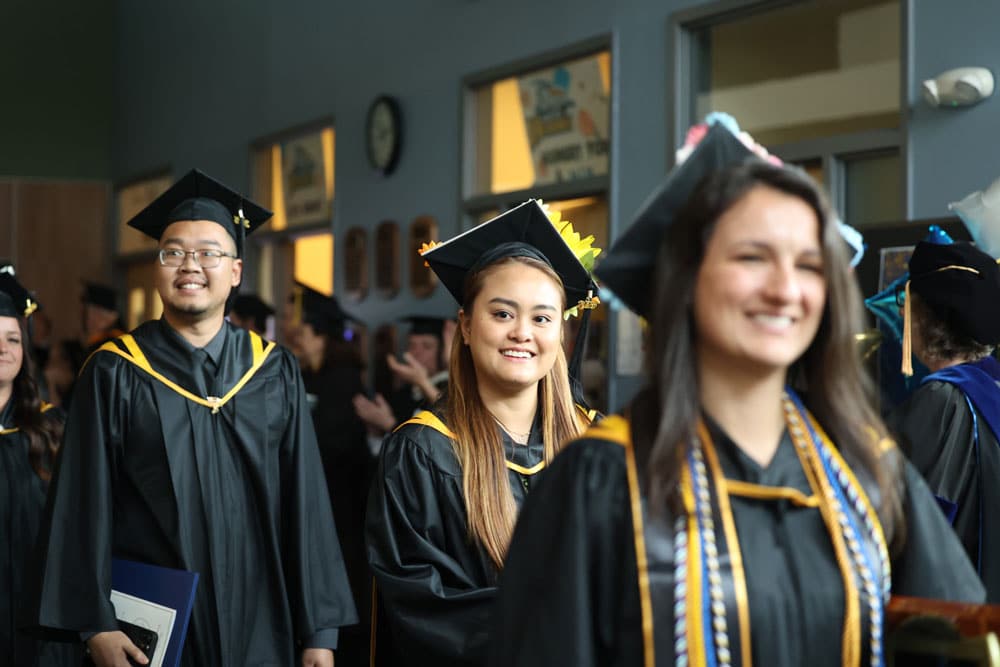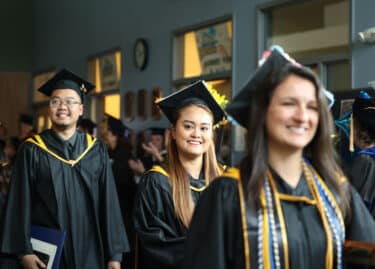
The Community College System of New Hampshire (CCSNH) has reached a major milestone in its use of Open Educational Resources (OER), saving students at least $2.5 million last year by substantially reducing the cost of course materials while improving learning outcomes.
OER refers to free, openly licensed instructional materials such as digital textbooks, readings, videos and other learning content. These resources can be customized by faculty to align with their course goals and student needs. Unlike traditional textbooks, which can cost hundreds of dollars, OER materials are provided at no cost to students, removing one of the most common financial barriers to college success. CCSNH identifies courses as “NoLo courses” for students – meaning either no cost or low cost (where the cost of learning materials is $50 or less at the college bookstore) so students can choose courses knowing what they can expect to pay for materials.
The OER movement at CCSNH has been growing. Five years ago, just 12% of CCSNH courses were OER/NoLo. In the most recent academic year, that had grown to 33%, with the majority of these courses being no cost at all — a dramatic shift that is not only easing the cost burden on students but also improving equity and engagement in the classroom.
“Research shows that students who take OER courses are more likely to succeed,” said Rebecca Clerkin, director of library services at Great Bay Community College and a leader within CCSNH of the OER movement. “They have access to the materials from the first day of class, and they often find the content more relevant and engaging. That’s a game changer.”
Faculty across CCSNH report that developing OER has been a powerful experience. By selecting and adapting materials that directly support their course objectives, instructors can refresh and personalize their teaching in ways that traditional textbooks rarely allow.
“Using OER has allowed me to shift from a traditional, test-based model to a more engaging, project-based approach that emphasizes real-world application,” said Mike Innes, a nutrition instructor at White Mountains Community College. “By linking directly to reliable sources like the USDA’s Dietary Guidelines for Americans, I can ensure students are learning from the most current, evidence-based nutritional standards — something that’s essential in a field as dynamic as health science.”
To ensure quality and credibility, CCSNH follows strict guidelines in its OER implementation. Faculty are assisted by CCSNH librarians in copyright and licensing standards, ensuring that all content used meets Creative Commons or public domain requirements. Selected OER materials are vetted for academic rigor, accuracy and alignment with learning outcomes.
Students themselves have noted the positive impact of OER on their experience and confidence in the classroom.
Kaylee Felix of Enfield, N.H., a student at River Valley Community College studying Early Childhood Education, said “as a student, I’ve experienced firsthand how OER can significantly reduce the financial burden of higher education. In the past, I had faced textbook costs exceeding $300 for a given course. Thanks to OER I now never spend more than $20 to $30 on materials for my classes — a reminder of how impactful OER materials have been in making college more affordable and accessible.”
CCSNH’s OER initiative is part of its larger commitment to affordability and student success. With continued investment and collaboration across its seven colleges, the system expects OER adoption to keep growing in the years ahead.
*The estimate of $2.5 million saved is based on the national average of textbook prices used in non-OER equivalent courses.


